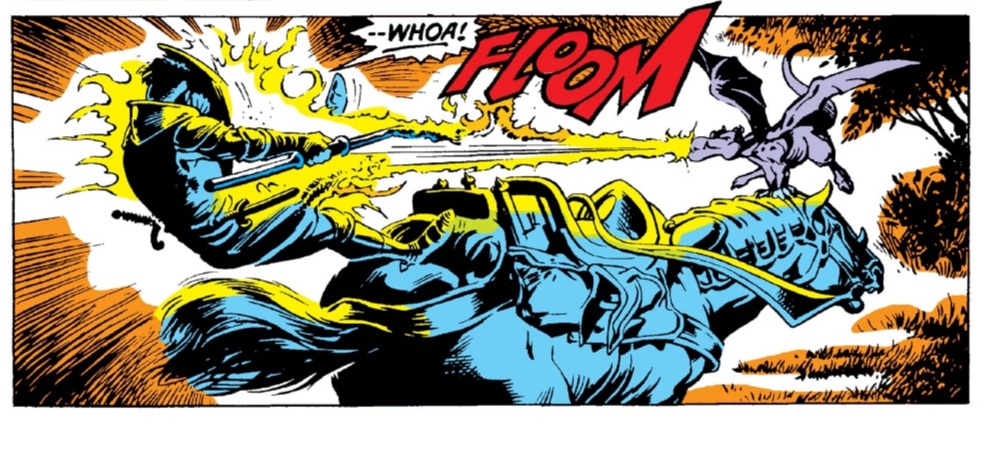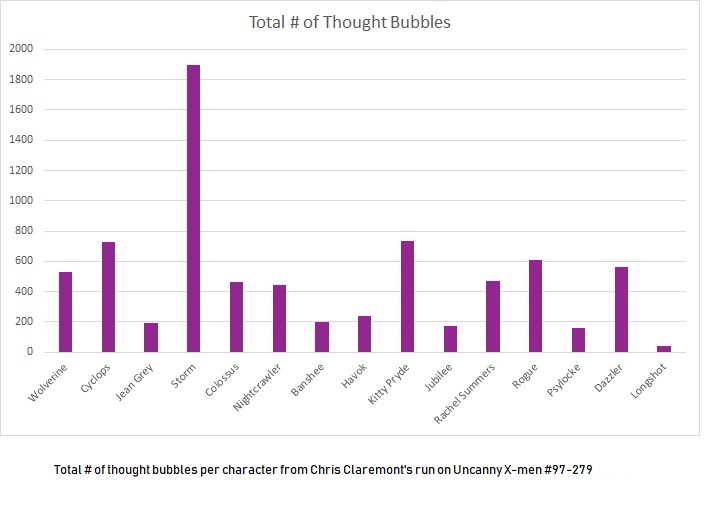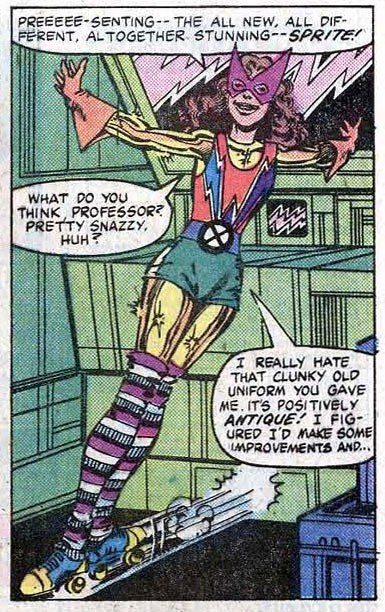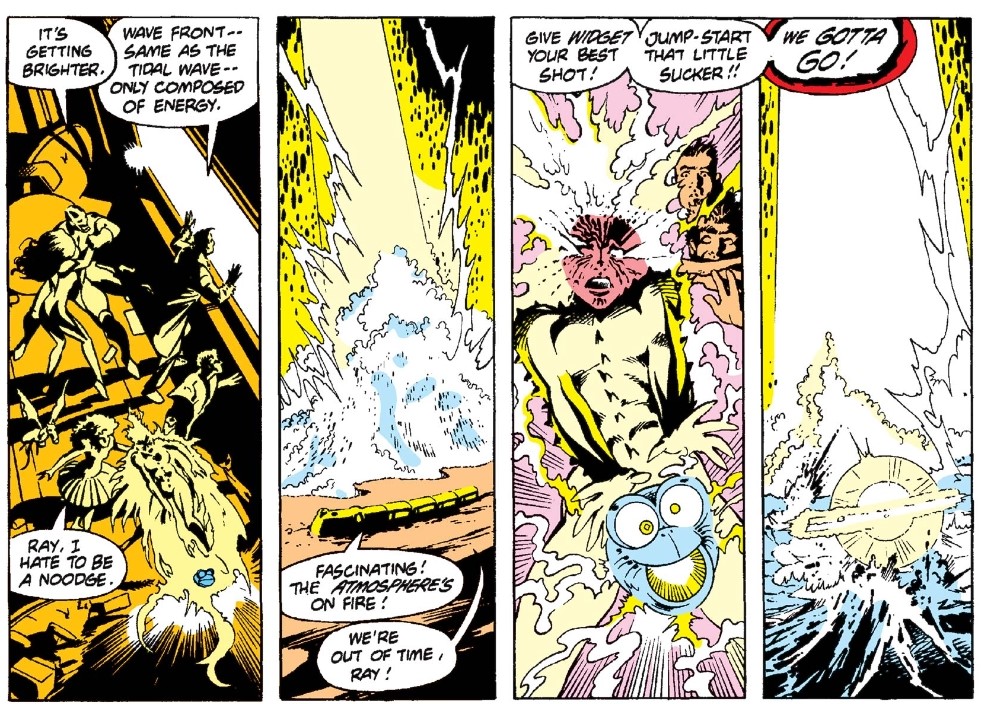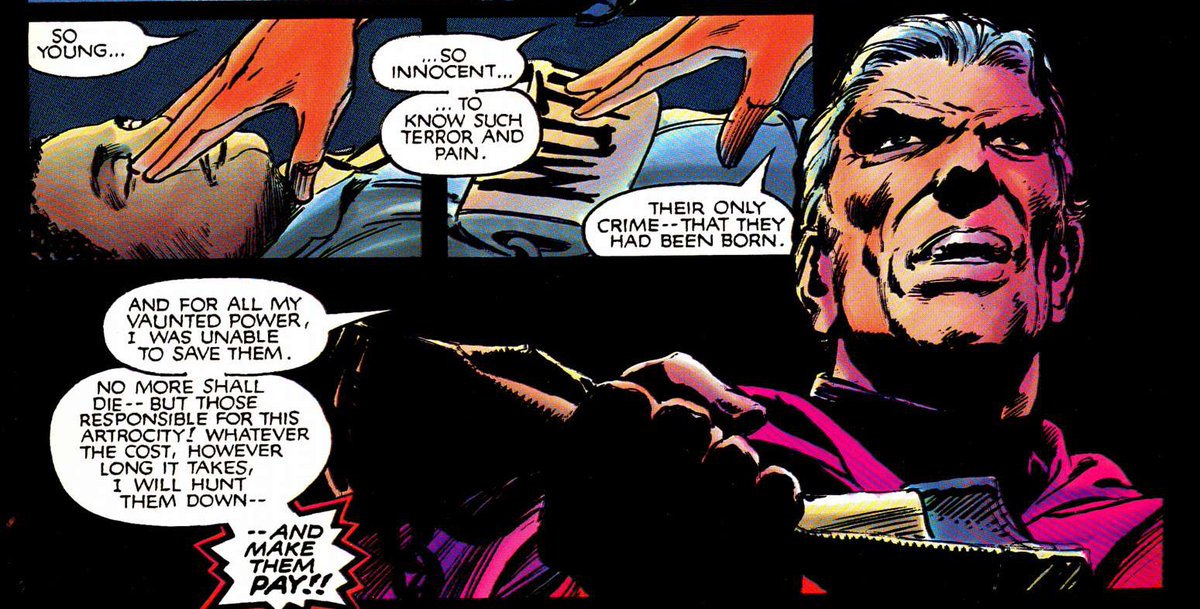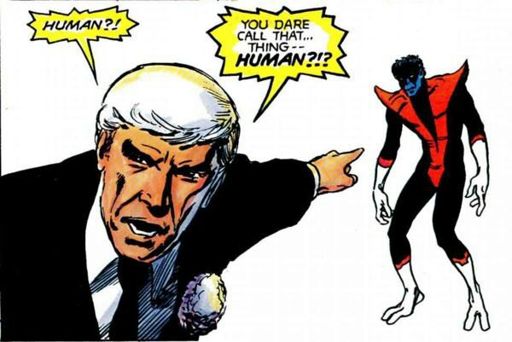
Arguably the most poignant costume transformation in UXM is that of Storm’s embrace of a costume that signifies the punk subculture (or counterculture) and digging a bit deeper into what it represents can illuminate the full significance of that shift on her character. 1/8 #xmen 
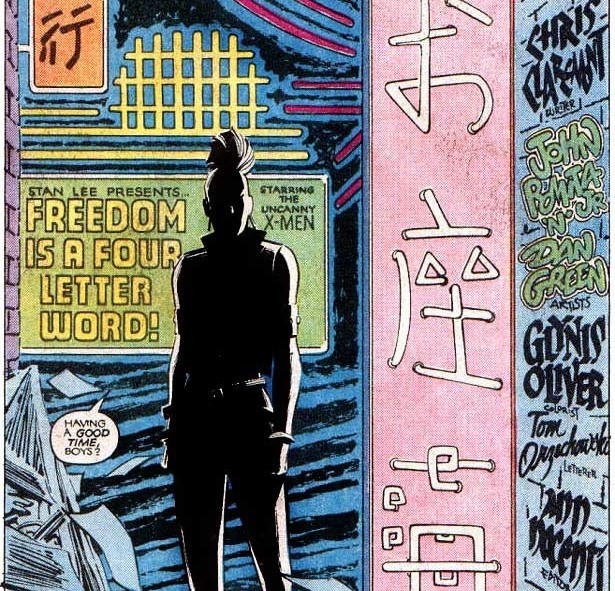
The punk movement is often badly misunderstood in the popular zeitgeist. It isn’t about wrecking, it’s about resisting. Even the concept of anarchism contains a number of beautiful ideals at its core, including an enhanced commitment to community and love. 2/8 

Claremont shows complete awareness of the significance of Ororo’s transformation in the form of Kitty’s reaction, which surfaces the same misconceptions about what punk fashion represents. Kitty comes around, though, and so too does the reader. 3/8 

The punk movement emphasized androgyny as a rejection of gender norms. We see this quite clearly in Storm’s transformation, which comes directly after a pair of life-changing encounters with two of Claremont’s most androgynous characters at the time: Callisto and Yukio. 4/8 

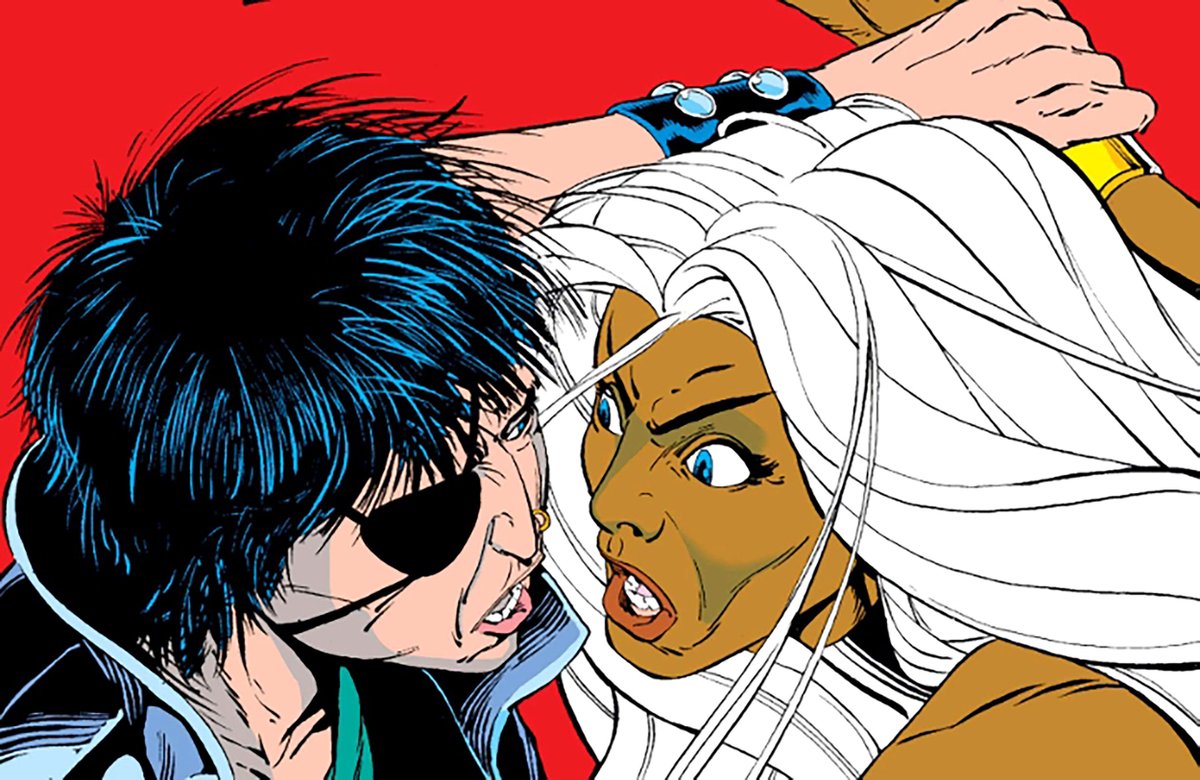

Even more importantly, the punk movement places the utmost importance on self-definition outside of a system of prescribed values. Storm’s punk transformation thus signalled an important new resolve for the character: to be who she wanted to be. 5/8 

For Ororo that wasn’t something she readily understood. Her transformation functioned as more of a commitment to self-discovery than as a representation of who she already was, and this spurred a years-long journey for the character to really and truly define herself. 6/8 

Prior to this, Ororo was always capable of defiance and self-assertion, but she was also introverted and reserved (a compelling duality). She was easily the most powerful X-Man when Jean wasn’t around, yet still took orders and often lacked agency or even voice. 7/8 

The simple point here is that Ororo’s punk transformation was not about making the character badass or angry or edgy. Those are – at best – superficial interpretations and more likely misconceptions. Going punk showed Ororo’s growth of character through commitment to herself. 8/8 

• • •
Missing some Tweet in this thread? You can try to
force a refresh



